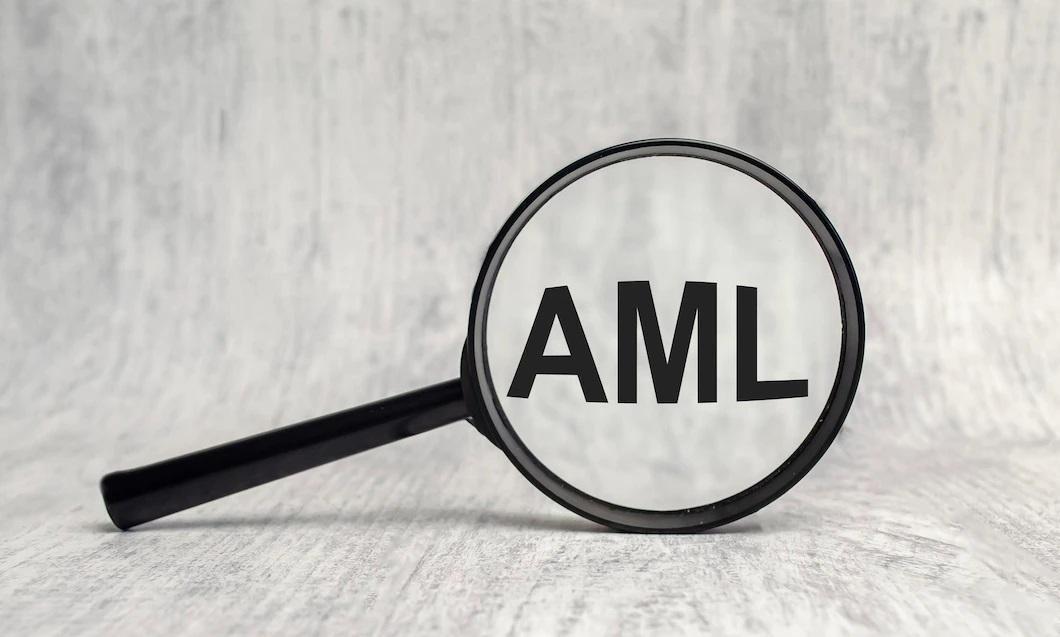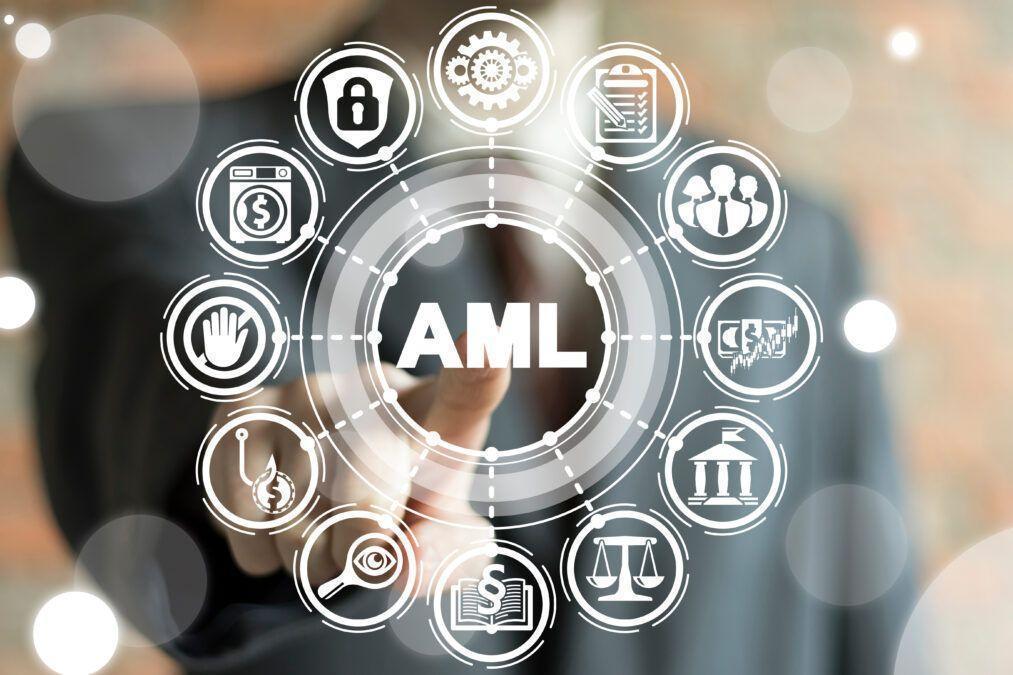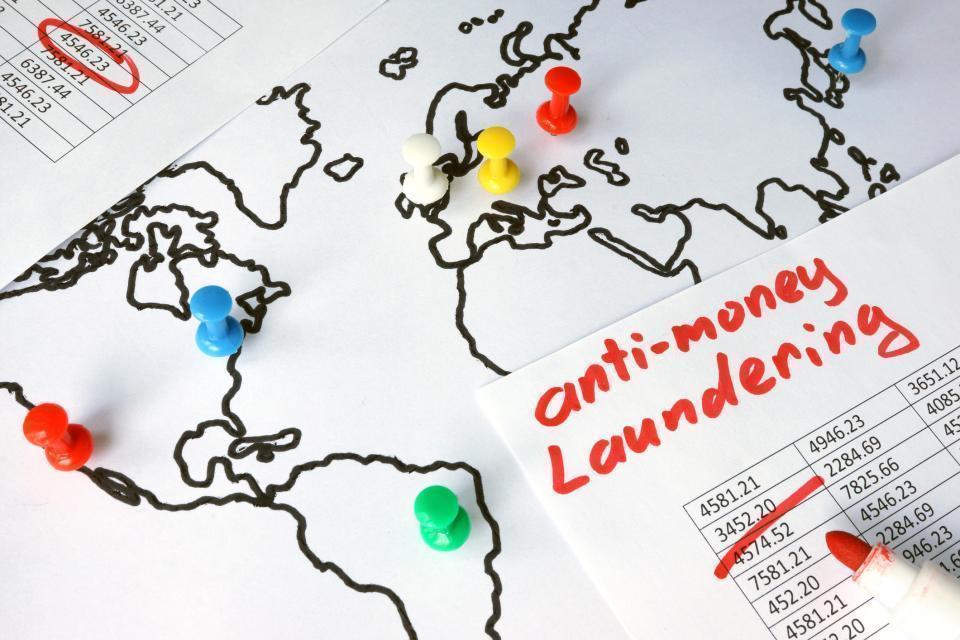Anti-Money Laundering: What It Is & Why It Matters

Money laundering is a financial crime that involves concealing the origins of unlawfully obtained proceeds for them to appear as if they derived from a legitimate source. Worldwide, there are between $800 billion and $2 trillion laundered each year, accounting for 2-5% of the global GDP.
To counter this issue, financial institutions use anti-money laundering (AML) procedures. Find out what AML activity is, how it works, and why it’s so important to conduct it.
How Money Laundering Works
Before moving on to the concept of AML, it’s crucial to understand how money laundering works.
ML involves three stages:
- Placement - this refers to the “how” and “where” the dirty money is placed. It often happens through the following means:
- Transactions at cash-based businesses
- Payments for false invoices
- Transferring small sums (below the AML threshold) to bank accounts or credit cards (“smurfing”)
- Moving money into trusts and offshore companies that hide the beneficiaries' identities
- Using foreign bank accounts
- Layering - it’s the process during which criminal funds are separated from their source by means of creating complex layers of transactions.
- Integration - this final step implies the laundered funds’ re-entry into the economy in a seemingly legitimate way - typically through business or personal transactions. This is often done by investing in real estate or luxury assets.
The earlier the stage of a money-laundering operation, the easier it is for AML investigators to trace the funds' origin and ownership.
What Is Anti-Money Laundering?

There are many reasons for organizations to participate in AML activities, such as:
- The moral imperative to counter money laundering and terrorist financing.
- Protection of the brand reputation and shareholder value.
- Compliance with the local and international regulations.
- Avoidance of consent orders as well as civil and criminal penalties.
- Reduction of expenses related to fines, employee and IT costs, and capital reserved for risk exposure.
AML Regulations History in the European Union

Here is how the legislation regarding money laundering issues in the EU has evolved throughout the years:
- 1990 - the European Union introduced its first anti-money laundering Directive. It obliged entities to apply customer due diligence requirements when entering into a business relationship. This means identifying and verifying the clients’ identities, monitoring transactions, and reporting suspicious activity.
- 2015 - the EU adopted an updated regulatory framework that took into account the 2012 recommendations of the Financial Action Task Force (FATF) and included:
- Directive 2015/849 (4th anti-money laundering Directive) on preventing the use of the financial system for money laundering or terrorist financing;
- Regulation 2015/847 on information on the payer accompanying transfers of funds. The latter set of rules made money transfers more transparent, assisting law enforcement authorities in tracking down terrorists and criminals.
- 2018 - the 5th anti-money laundering Directive was published to be implemented by 10 January 2020. This is the currently active AML regulation that features enhanced transparency, improved risk assessment, and boosted cooperation between AML supervisors and the European Central Bank.
- 2021 - the European Commission presented a package of legislative proposals to strengthen the EU’s AML/CFT rules. It harmonizes the regulations across the EU and suggests the creation of a new EU authority to fight money laundering.
As you can see, the rules are being continuously adjusted to match the evolving money laundering methods.
In addition to the main directive, the EU Commission also issues supporting documentation, such as its list of high-risk third countries, impact assessment, and trainer’s and user’s manuals to support the AML/CTF activity.
Parties Involved in AML Procedures

There is a variety of entities in the financial industry that take part in anti-money laundering, namely:
- Banks. Financial institutions - banks, in particular, provide a channel through which laundered money could flow. Dirty money is most visible when it is first introduced into the financial system, so it’s crucial for banks to be involved in anti-money laundering activities.
- Capital market firms. Capital markets are internationally connected and largely liquid. It comes as no surprise that the opportunities of large cross-border capital transfers that can be conducted in a matter of seconds are an appealing target for money launderers.
- Insurance companies. Money launderers often submit insurance claims to retrieve funds. By overfunding and moving money in and out of policies, they create a stream of seemingly innocent transactions paired with the low cost of early withdrawal penalties.
- Retail businesses. Unsuspecting retail stores can be used as payment processors to launder money. This is often the case during transaction laundering, when a legit vendor uses payment credentials to process transactions for an undisclosed merchant selling unknown products and services.
These are just some of the parties that are often targeted by money launderers and thus need to participate in AML activities. However, virtually every type of organization in the financial industry should be cautious about money laundering and take preventive measures - more on this below.
Preventing Money Laundering - Key AML Procedures

In general, AML procedures involve the following measures:
- Know your customer (KYC). Having a strict client acceptance policy and requiring proper customer identification and verification is the first step financial institutions must undertake to ensure transaction legitimacy. KYC guidelines help minimize the risk of money laundering and fraud by determining suspicious elements early on in the client-business relationship.
- Large currency transaction reporting. It is mandatory for entities to file regulatory reports for transactions that exceed a certain threshold made by a single customer throughout a business day.
- Suspicious activity monitoring. Sometimes institutions spot numerous cash deposits or withdrawals over a period of several days. This can be done for money laundering purposes to avoid a reporting threshold. It’s essential to report such activity to fulfill regulatory requirements.
- Sanctions compliance. Regulatory bodies typically require financial institutions to monitor transaction parties and report if sanctioned individuals, companies, institutions, and countries are involved.
How Can Payneteasy Help?

To prevent facilitating financial crimes and avoid fines, it’s crucial to equip your company with a state-of-the-art solution. Payneteasy’s intelligent payment gateway is equipped with an advanced fraud and risk management system that has everything you need to detect suspicious activity at an early stage, such as:
- 3-D Secure verification. This protocol is an extra security layer that provides ultra-reliable transaction validation and helps you process transactions with a significantly lower risk of encountering fraud.
- 150+ customizable fraud filters. A wide variety of anti-fraud filters enables you to detect and prevent duplicate card number usage, ban untrusted services, and beyond - tailor the settings to match your project’s needs.
- Customer behavior analysis. This functionality provides you with detailed insights into how the customers engage with your organization so that you can offer better and more secure services.
Contact our specialists today to get a custom FinTech solution in no time!
Thank you for reaching us. Your request has been sent successfully. We will get back to you as soon as possible.
Message was not sent

